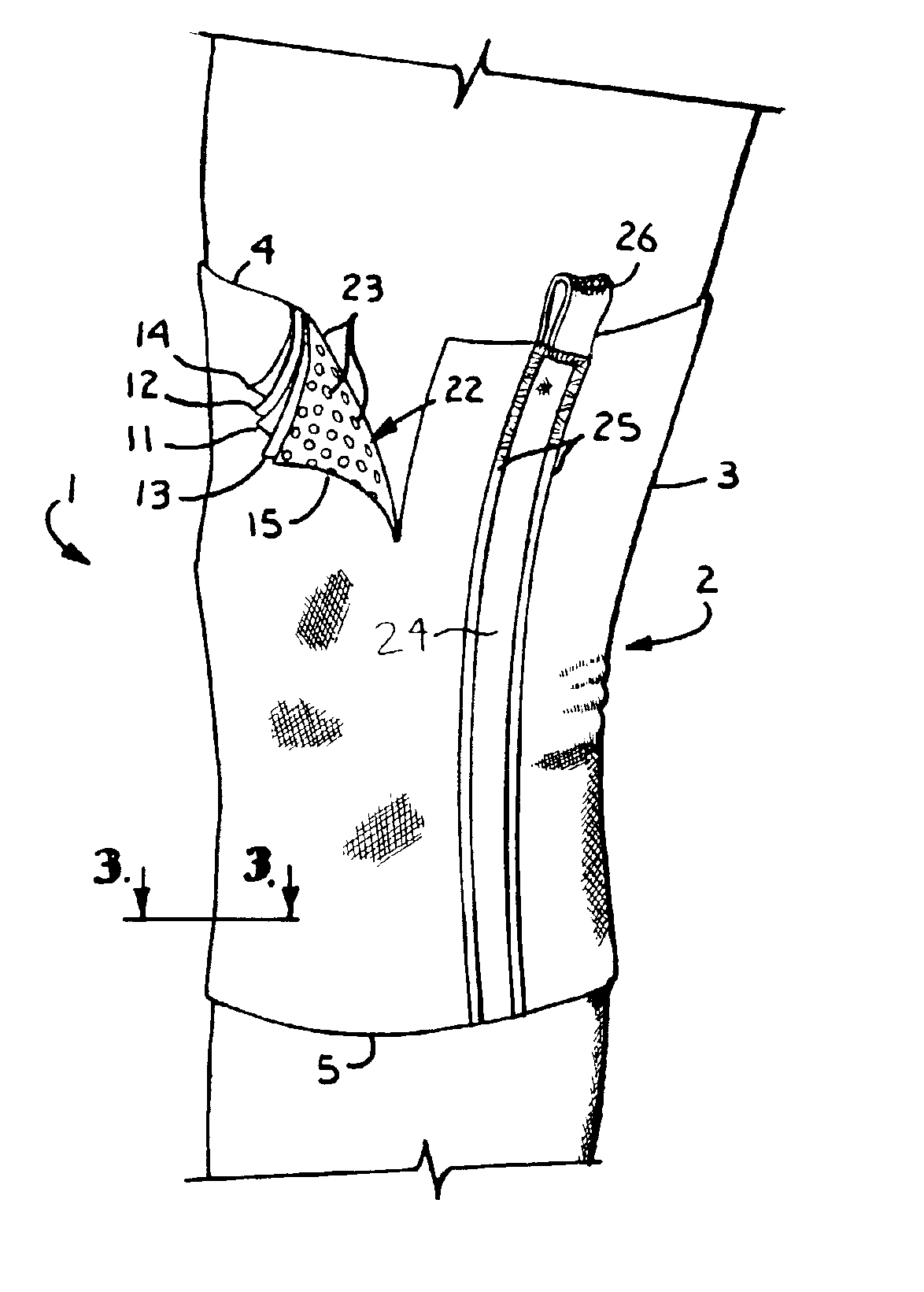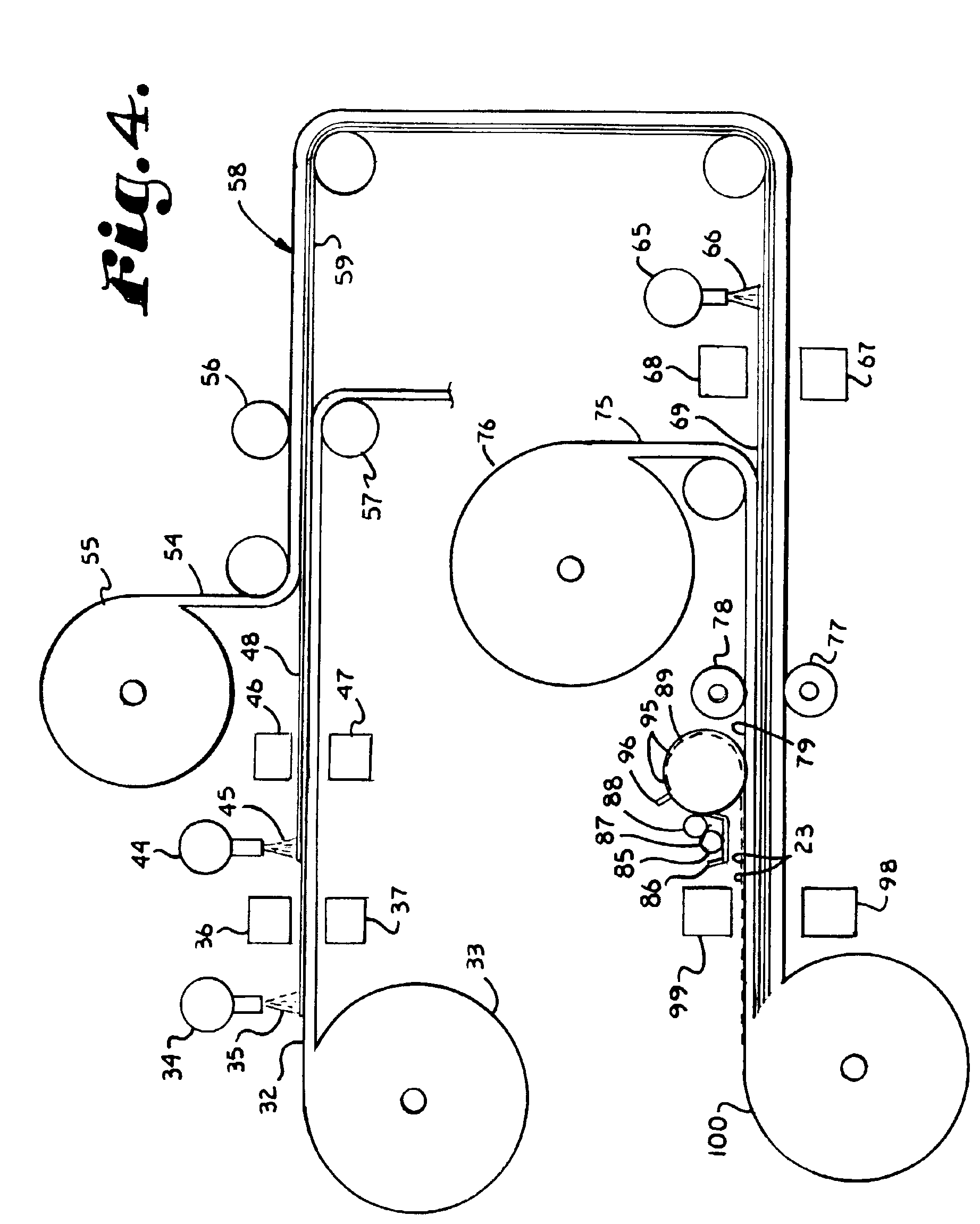The upright posture of the
human body renders it particularly susceptible to strains, sprains and other injuries which are generally manifested by swelling,
inflammation and discomfort.
When severe, an injury may result in
impaired mobility and necessitate restriction of movement and activity.
The body is also subject to formation of
fibrin clots which may obstruct vessels in the
peripheral circulation when the body is in the
prone position for prolonged periods.
In addition to localized morbidity, such clots may also break free and travel to the heart or lungs causing more serious damage.
Orthopedic injuries have economic as well as physical repercussions for professional
athletes engaged in competitive sports.
Sidelined
athletes lose not only the opportunity to perform, but experience a reduction in their overall level of fitness during periods of restricted activity, necessitating a period of retraining prior to resumption of competition.
However, non professional
athletes also experience discomfort when injured and their level of
physical fitness is also impaired by injury-enforced inactivity.
Moreover, amateur athletes may be more likely to be susceptible to injury, since they generally lack the advice of professional trainers as well as the fitness and judgment developed by professional athletes.
Those who engage in infrequent bouts of
strenuous exercise without training are most at risk of injury.
However, even the well-trained amateur athlete is subject to occasional strains and sprains.
Some individuals are particularly at risk of injury because of previous
traumatic injury which has left continuing
weakness in a joint or limb.
However, the skin-contacting layer is quite slick, and the support tends to migrate along the skin unless it is sized and custom fitted to the limb of a wearer.
Known knitted, woven and laminate materials tend to experience slippage along the limb and to
wrinkle or bunch up, causing compression of the limb to be uneven.
Such shifting and uneven displacement of the material against the skin causes
dermal irritation and discomfort to the wearer.
However, such fitting requires personal consultation with a professional fitter.
Thus, it is expensive and consequently unavailable to most users.
Neoprene supports are generally thicker and bulkier than braces constructed of other materials, and such materials have not proven to be satisfactory for frequent or sustained use because of their lack of permeability to air and water.
Supports constructed of
neoprene do not permit the underlying skin of the wearer to breathe.
Because such impermeable supports lack ventilation to carry away body heat and
moisture, extended or frequent wear may be uncomfortable as well as irritating to the skin.
If such
irritation is prolonged, it can result in morbidity such as dermatitis and sloughing of the skin.
Such impermeable materials are especially unsuitable for compression bandages to be worn by amputees or individuals with impaired circulation, who may develop necroses.
In addition, since impermeable supports provide no outlet for
perspiration excreted by the wearer, a salt residue is deposited on the inner surface of the support which eventually serves to impair elasticity and shorten its effective
life span.
Since braces constructed entirely of impermeable, slip-resistant materials have not proven to be satisfactory, attempts have been made to construct braces from a combination of elastomeric and slip-resistant materials.
However, the slip-resistant material is impermeable, lacks ventilation, and is consequently uncomfortable against the skin of the wearer.
Such bands project inwardly against the skin, causing additional compression and discomfort.
In addition, because the band is of necessity localized at the top of the support and is fairly narrow, it is not entirely effective in preventing slippage.
None of the previously available materials and combinations of materials provide effective elastomeric support and compression while staying in place and maintaining breathability for the underlying
skin surface.
 Login to View More
Login to View More 


